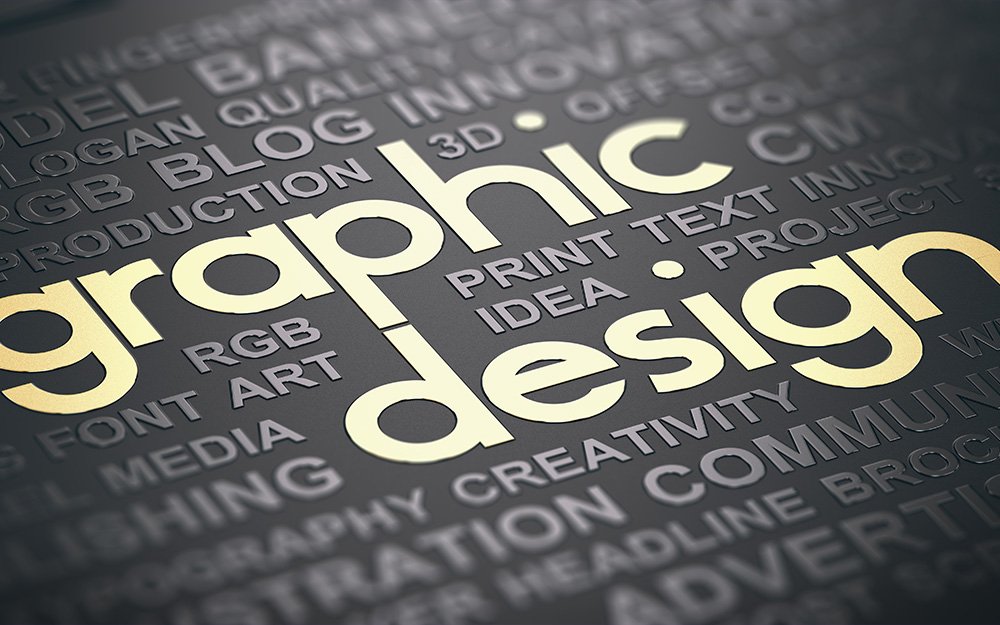In the ever-evolving realm of graphic design, the journey from traditional print to the digital landscape has been nothing short of transformative. The history of graphic design is a captivating narrative that reflects both the technological advancements of our times and the creative ingenuity of designers across generations. As we embark on this exploration, we delve into the remarkable evolution of graphic design and how it has shaped the visual communication landscape.
The Birth of Print: A Pioneering Era
The origins of graphic design can be traced back to the invention of the printing press by Johannes Gutenberg in the 15th century. This revolutionary invention marked the dawn of the print era and gave rise to typography, the art of arranging type and letters. Early graphic designers, often referred to as “printers,” were responsible for composing text and creating woodcut illustrations for books, posters, and newspapers.
The print era witnessed a surge in creativity with the emergence of art movements like the Arts and Crafts movement, Art Nouveau, and the Bauhaus school. These movements played a pivotal role in shaping design principles and aesthetics that continue to influence contemporary graphic design.
The Digital Revolution: A Paradigm Shift
Fast forward to the late 20th century, and we witness the onset of the digital revolution. The introduction of personal computers, graphic design software, and the World Wide Web transformed the graphic design landscape. Designers now had the power to create, manipulate, and distribute visual content with unprecedented ease and speed.
Desktop publishing software like Adobe’s Photoshop, Illustrator, and InDesign became industry standards, empowering designers to craft pixel-perfect layouts, edit images with precision, and experiment with digital illustration. The Internet, on the other hand, ushered in an era of accessibility and interactivity, giving rise to web design and digital marketing.
Convergence of Print and Digital: A Harmonious Coexistence
While the transition from print to digital was monumental, it is essential to recognize that the two realms did not replace each other. Instead, they coexist harmoniously, each offering unique strengths and opportunities.
Print design continues to thrive in areas like branding, packaging, and editorial design, where the tactile experience and attention to detail are paramount. On the other hand, digital design extends its reach into web design, user interface (UI) and user experience (UX) design, motion graphics, and interactive media.
The Contemporary Designer’s Toolkit
Today’s graphic designers wield a versatile toolkit that spans both print and digital domains. They are adept at creating captivating websites, crafting immersive user experiences, developing mobile apps, and producing eye-catching print materials. Moreover, they navigate the dynamic landscape of social media, where visual content plays a central role in brand communication.
Future Horizons: Embracing Innovation
As we peer into the future of graphic design, we see a horizon marked by innovation and limitless possibilities. Augmented reality (AR), virtual reality (VR), and mixed reality (MR) are poised to revolutionize the way designers engage with audiences. AI-powered design tools offer unprecedented efficiency, enabling designers to focus on ideation and creativity.
In this era of sustainability and eco-consciousness, graphic designers are increasingly embracing environmentally friendly practices and materials. The convergence of design and sustainability is expected to shape the visual aesthetics of the future.
The evolution of graphic design from print to digital is a testament to the adaptability and creativity of designers. It is a journey that spans centuries and continues to inspire and redefine the way we communicate visually. As technology advances and design trends evolve, graphic designers remain at the forefront, shaping the visual narratives of our ever-changing world. They bridge the past, present, and future, reminding us that in the world of design, the possibilities are boundless.
Disclaimer: The views and opinions expressed in this article are those of the author and do not necessarily reflect the official policy or position of Dexines or any other organization. The information provided in this article is for general informational purposes only and should not be construed as professional advice. Dexines makes no representations or warranties of any kind, express or implied, regarding the accuracy, adequacy, validity, reliability, availability, or completeness of any information in this article. It is advisable to consult with a qualified professional or seek appropriate guidance before making any decisions or taking any actions based on the information in this article.
